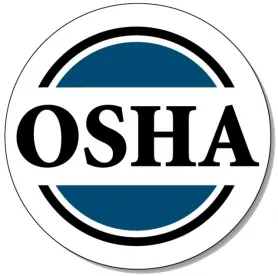In February 2013, OSHA issued an interpretation letter in response to a request from the United Steel, Paper and Forestry, Rubber, Manufacturing, Energy, Allied Industrial and Service Workers International Union, which clarified that employees at a non-union worksite could elect to have a non-employee who is “affiliated with a union” or with a “community organization” to act as their walk-around representative during OSHA inspections. This clarification was based on the Agency’s interpretation of § 1903.8(c) which allows a third-party, such as an industrial hygienist or safety engineer to accompany an OSHA compliance officer during an inspection, when the compliance officer believes there is “good cause” for the third-party to be present.
OSHA expanded this regulation to permit union representatives to accompany OSHA during inspections of non-union worksites. OSHA claimed that the regulation allowed such third parties when it was“reasonably necessary.” For example, when they will make a positive contribution the inspection, in cases where the representative has experience and skill in evaluating similar working conditions, or when he or she is fluent in the language of non-English speaking workers and would facilitate useful interactions between the compliance officer and the workers.
This interpretation letter was recently challenged in the U.S. District Court for the Northern District of Texas alleging that OSHA’s interpretation of this regulation was an expansion of the regulation and should have required public notice and comment rulemaking. In early February, the Court denied, in part, OSHA’s motion to dismiss the lawsuit. In denying the Agency’s motion the Court signaled that it agreed the interpretation letter was improper Agency action and should have been promulgated by public notice and an opportunity to provide comment.
On April 27, 2017, the legal challenge was voluntarily dismissed since OSHA had agreed to rescind the interpretation letter and remove the guidance from its Field Operations Manual.
The interpretation letter is now marked as “OSHA Archived” and is no longer the policy of the agency.




 />i
/>i

